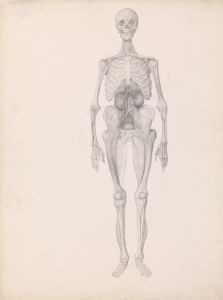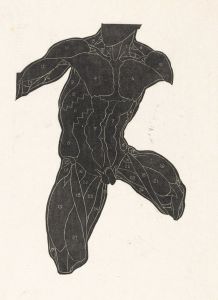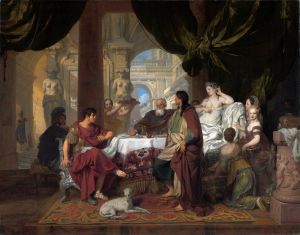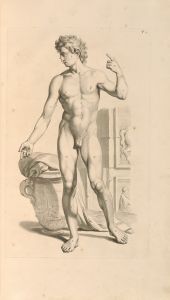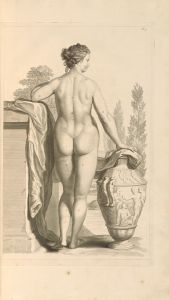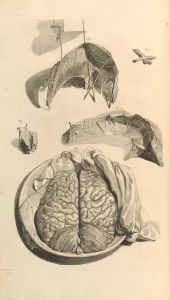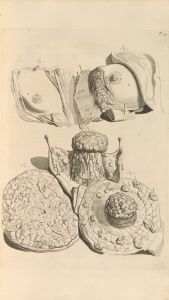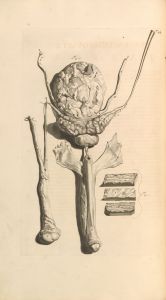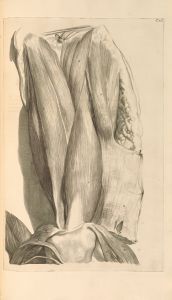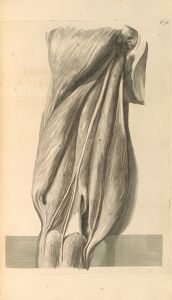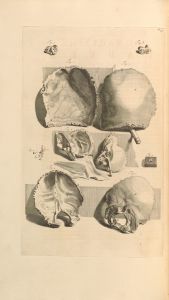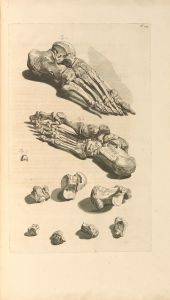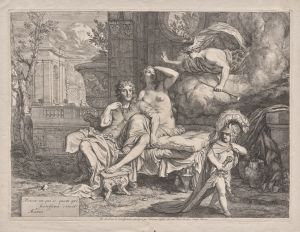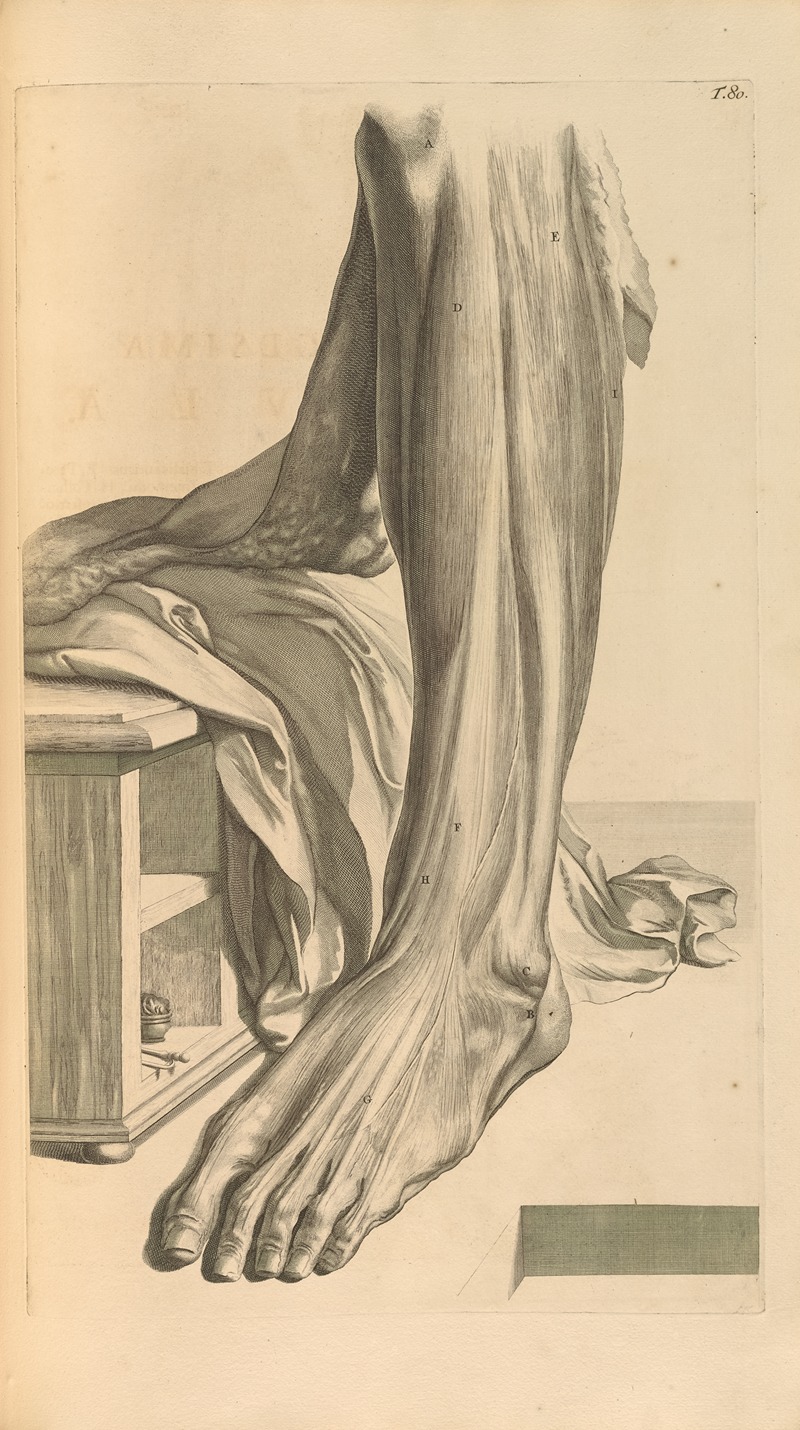
Anatomia humani corporis Pl.081
A hand-painted replica of Gerard de Lairesse’s masterpiece Anatomia humani corporis Pl.081, meticulously crafted by professional artists to capture the true essence of the original. Each piece is created with museum-quality canvas and rare mineral pigments, carefully painted by experienced artists with delicate brushstrokes and rich, layered colors to perfectly recreate the texture of the original artwork. Unlike machine-printed reproductions, this hand-painted version brings the painting to life, infused with the artist’s emotions and skill in every stroke. Whether for personal collection or home decoration, it instantly elevates the artistic atmosphere of any space.
Gerard de Lairesse (1641–1711) was a Dutch Golden Age painter and engraver, known for his classical and academic style. He contributed significantly to the fields of art and anatomy through his collaboration with medical professionals. One of his notable works is the illustration "Anatomia humani corporis Pl.081," which is part of a larger series of anatomical plates created for the book Anatomia Humani Corporis (1685). This book was authored by the Dutch anatomist Govard Bidloo and is considered a landmark in the history of anatomical illustration.
The Anatomia Humani Corporis was a comprehensive anatomical atlas that featured 105 copperplate engravings, many of which were based on dissections conducted by Bidloo. Gerard de Lairesse was commissioned to create these detailed and highly artistic illustrations. Plate 081, like the others in the series, combines scientific precision with artistic skill, reflecting the Baroque era's emphasis on both knowledge and aesthetics. The illustrations were engraved by Abraham Blooteling and other skilled engravers, ensuring that the details of Lairesse's drawings were faithfully reproduced.
The purpose of the atlas was to provide an accurate and detailed visual representation of the human body for medical students and professionals. Plate 081 specifically depicts a part of the human anatomy, rendered with meticulous attention to detail. The figures in the atlas often include dramatic poses and settings, which were characteristic of Lairesse's artistic style. This approach not only served a scientific purpose but also elevated the illustrations to the level of fine art.
Despite its artistic and scientific merits, the Anatomia Humani Corporis faced criticism for its practical use. Some anatomists of the time found the dramatic poses and artistic embellishments to be distracting or less useful for direct medical study. Nevertheless, the work remains an important historical document, showcasing the intersection of art and science during the 17th century.
Gerard de Lairesse's contributions to this project highlight his versatility as an artist and his ability to adapt his skills to different disciplines. Today, the illustrations from Anatomia Humani Corporis, including Plate 081, are studied not only for their anatomical accuracy but also for their artistic value. They serve as a testament to the collaborative efforts between artists and scientists during the Dutch Golden Age.





